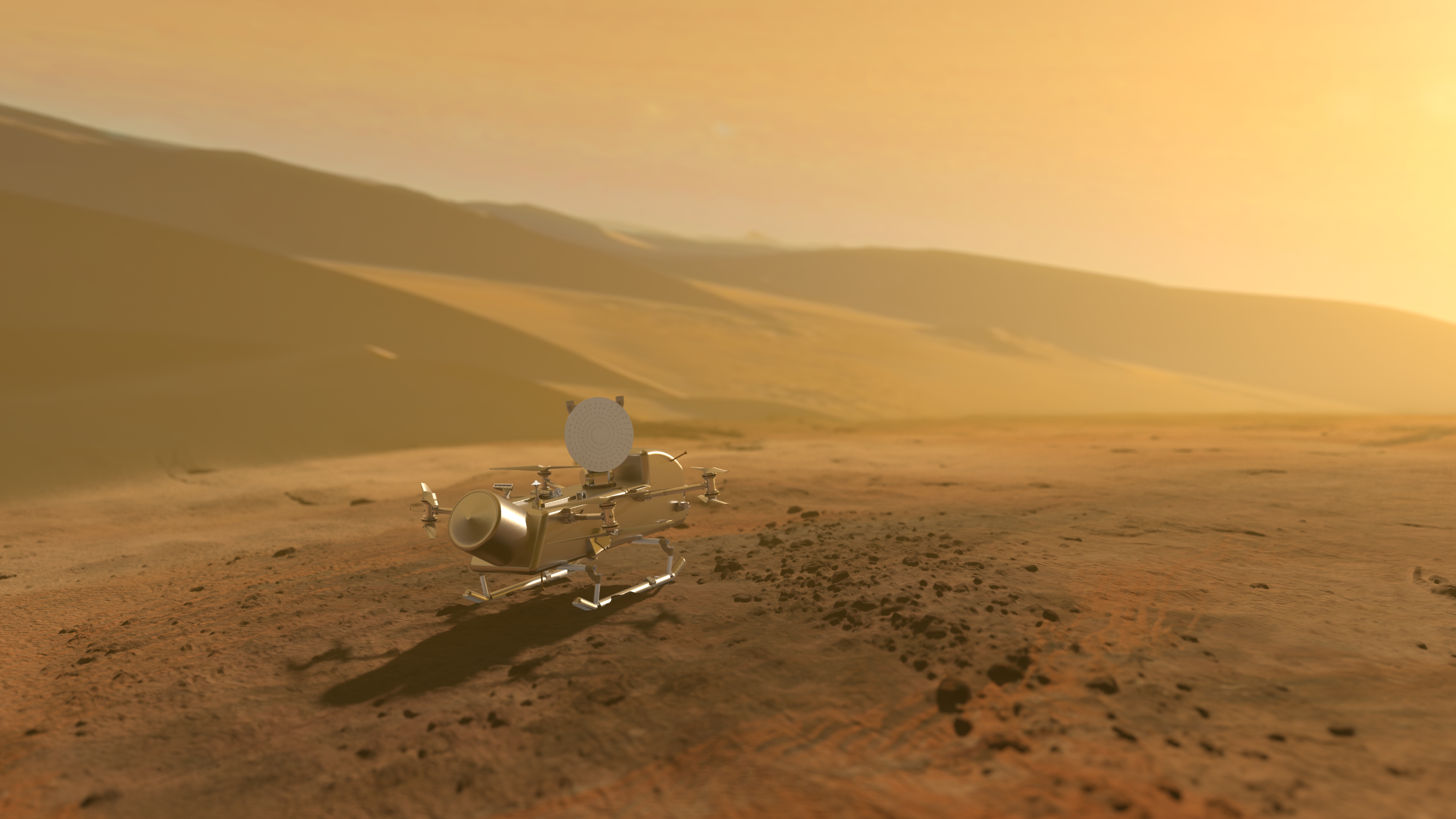4 min read
Cassini is orbiting Saturn with a 31.9-day period in a plane inclined 40.3 degrees from the planet's equatorial plane. The most recent spacecraft tracking and telemetry data were obtained on Oct. 7 using one of the 34-meter diameter Deep Space Network (DSN) stations in Australia. The spacecraft continues to be in an excellent state of health with all of its subsystems operating normally except for the instrument issues described at http://saturn.jpl.nasa.gov/news/significantevents/anomalies. Information on the present position of the Cassini spacecraft may be found on "Eyes on the Solar System".
The S86 command sequence took effect near the end of this week and will direct Cassini's activities for the next 10 weeks. Meanwhile back on Earth, Cassini's sequence implementation teams worked on developing the ten-week command sequences S87 and S88, and planners continued making efforts toward the final mission events of 2016 and 2017. Preparations are also being made for the next Cassini Project Science Group meeting to be held at JPL starting on Oct. 20.
Wednesday, Oct. 1 (DOY 274)
The Cosmic Dust Analyzer (CDA) had control of spacecraft pointing for 19.5 hours to collect and analyze exogenous dust, which is dust coming from outside the Saturn system.
Spectrographic studies made by Cassini have turned up some surprising information about atmospheric constituents appearing in the high clouds above Titan's south pole, now that it's getting colder as Titan's southern winter approaches:
http://saturn.jpl.nasa.gov/news/newsreleases/newsrelease20141001/
Thursday, Oct. 2 (DOY 275)
Using the 70-meter diameter Deep Space Network (DSN) station in Australia, the flight team uplinked the S86 background sequence to the spacecraft. After a round-trip light time of 2 hours 59 minutes, telemetry from Cassini showed that all 9,820 individual commands from the file had been properly received.
Still acting under control of S85, the Ultraviolet Imaging Spectrograph (UVIS) observed the blue star Zeta Puppis, which is very bright in ultraviolet light, as it was occulted by Saturn’s rings. The observation lasted 8.25 hours while the star appeared to move inward toward the planet due to Cassini's motion. The Composite Infrared Spectrometer (CIRS) took data in ride-along mode. When the star's pass behind the rings was over, the Visible and Infrared Mapping Spectrometer (VIMS) began a 13.5-hour observation of Saturn’s northern aurora, with CIRS riding along.
Friday, Oct. 3 (DOY 276)
After the VIMS-led auroral observation was finished, Zeta Puppis came out from behind Saturn and started cutting behind the rings again, outbound on the other side of the planet this time. UVIS watched the slow egress occultation for 8.25 hours, with CIRS again riding along.
Saturday, Oct. 4 (DOY 277)
ISS led a one-hour satellite orbit observation with VIMS, looking at known objects near the planet and searching for new ones; ISS repeated this observation on Tuesday without VIMS. ISS and VIMS took two minutes to make a storm-watch observation on Saturn, and then CIRS began a 23-hour long observation to map Saturn in the mid-infrared part of the spectrum.
Sunday, Oct. 5 (DOY 278)
ISS took made another two-minute storm-watch observation on Saturn, though without VIMS this time. The rest of the day was devoted to an ISS calibration activity followed by communications via the DSN. Near the end of the day, Cassini coasted through apoapsis at a distance of 1.6 million kilometers from Saturn, having slowed to 7,378 kilometers per hour relative to the planet.
Monday, Oct. 6 (DOY 279)
The S85 command sequence, which had been directing Cassini's activities for the past 10 weeks, completed its execution early today. The S86 sequence then began operating. As its first science data gathering activity, it directed the spacecraft to point VIMS toward Saturn’s northern aurora for an 18-hour observation.
Being basically made entirely of a windy atmosphere, the giant gas planet Saturn is constantly exhibiting curious and beautiful characteristics: /resources/16101
Tuesday, Oct. 7 (DOY 280)
ISS, CIRS and VIMS performed a 90-minute observation as part of the Titan monitoring campaign, while the fascinating moon was at a distance of 3.6 million kilometers from Cassini's telescopes.
This week, the DSN communicated with and tracked Cassini on six occasions, using stations in Australia and California. A total of 9,972 individual commands were uplinked, and about 1,635 megabytes of telemetry data were downlinked at rates as high as 110,601 bits per second.







